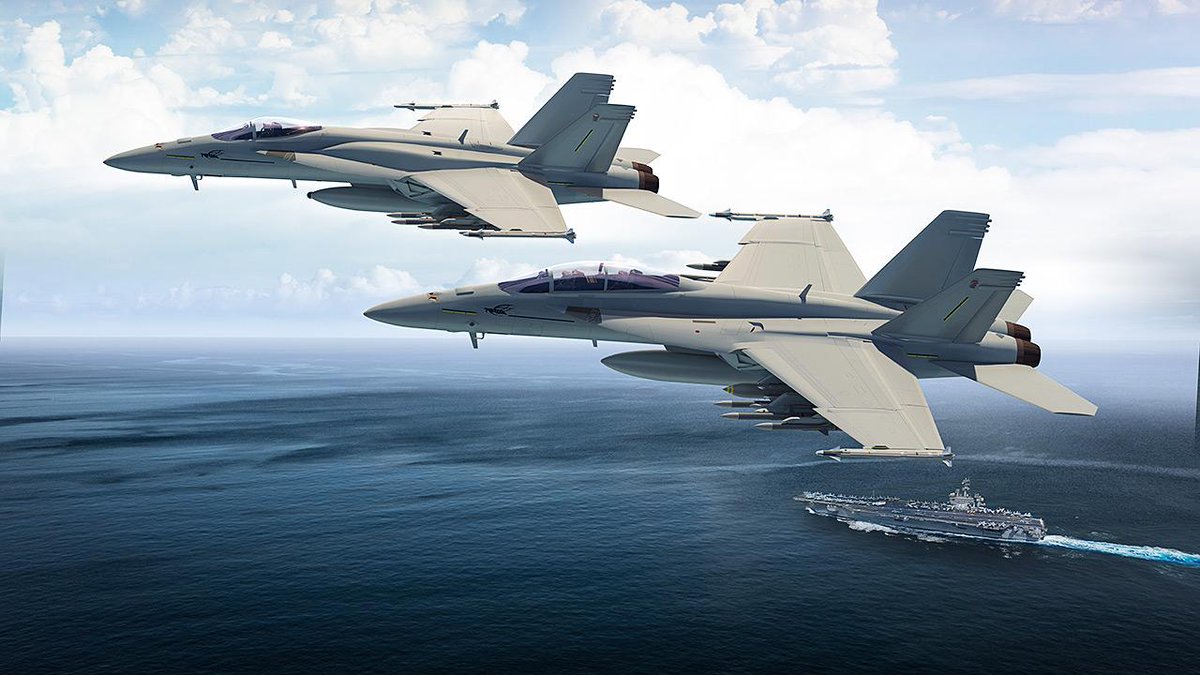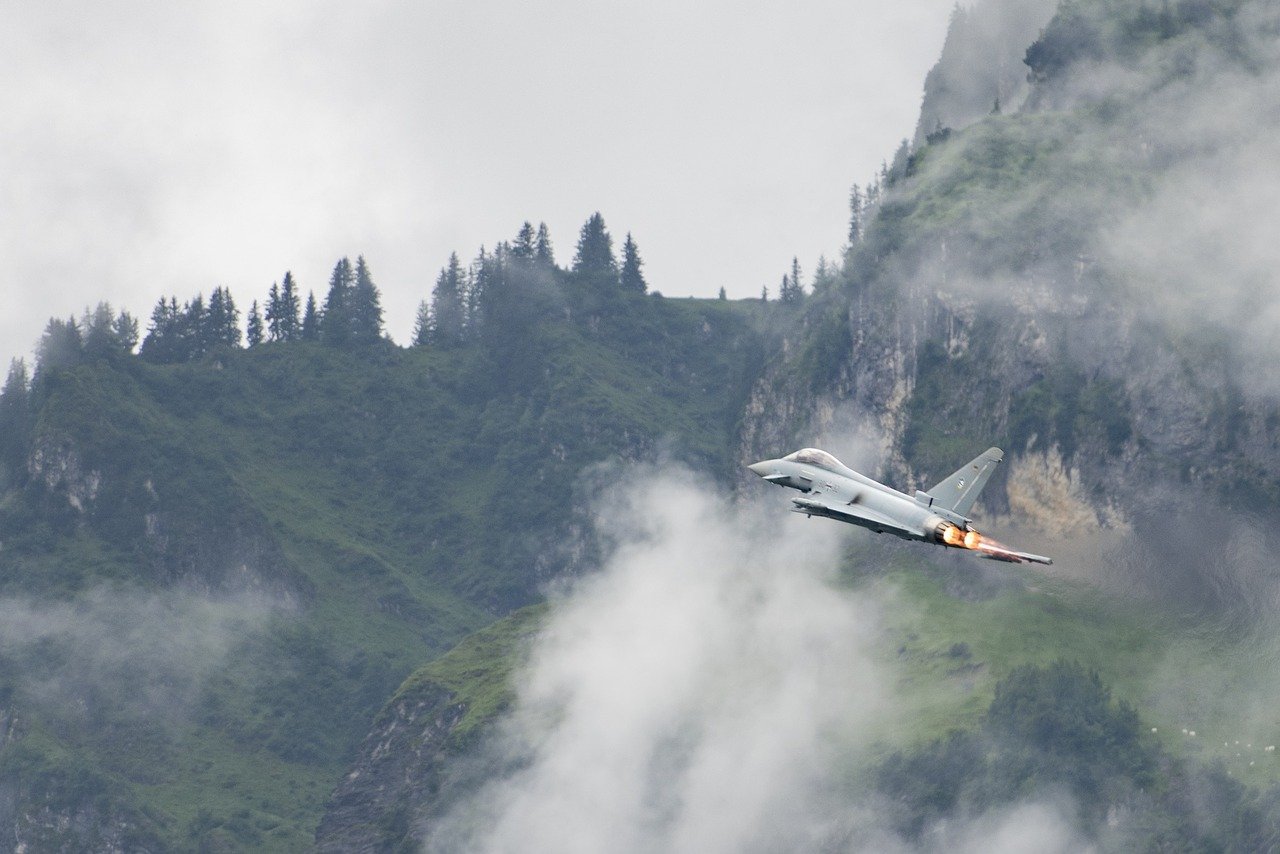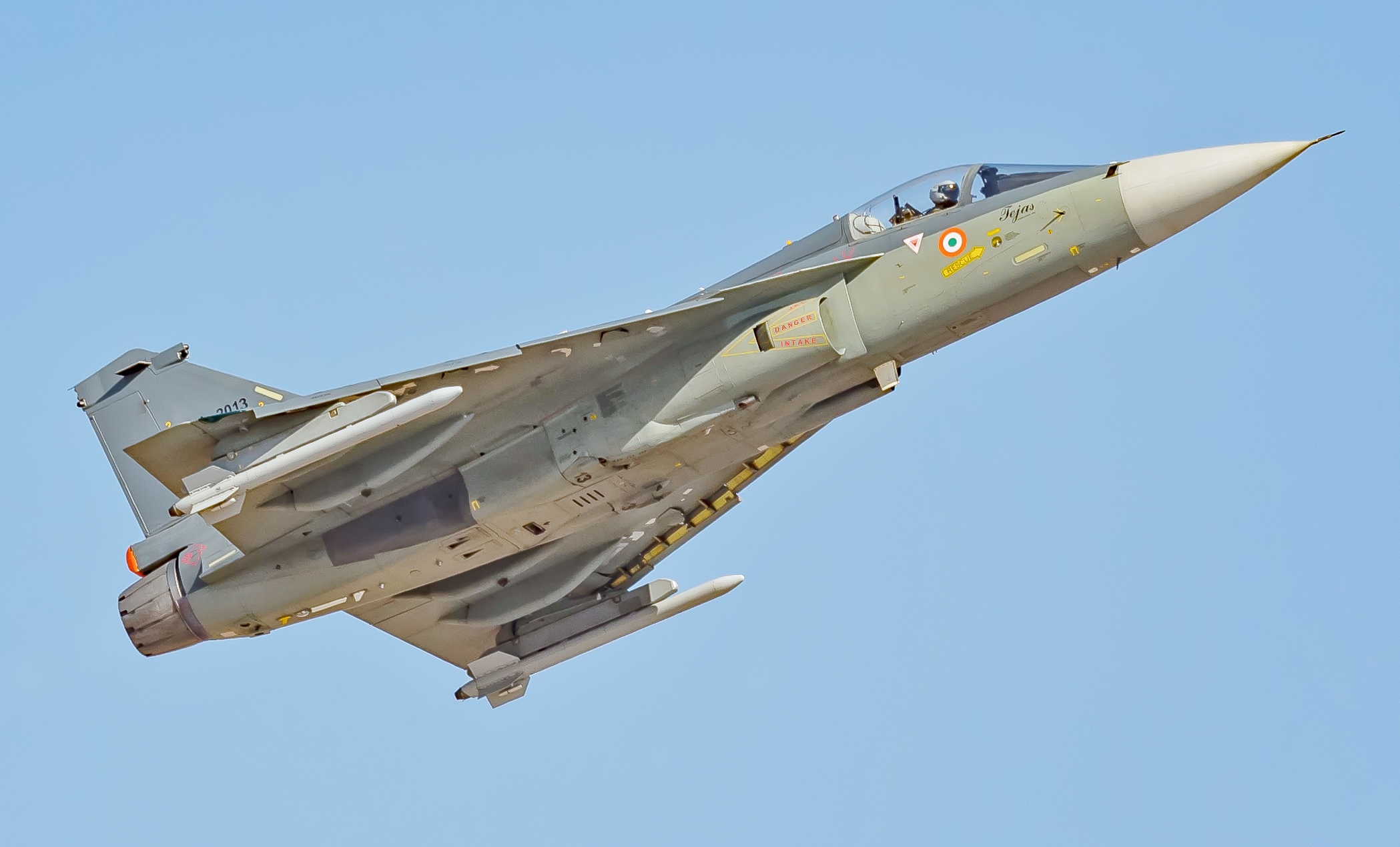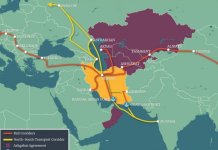Malaysia has said that it is interested in procuring F/A-18 (Hornet) fighter jets from Kuwait. However, contrary to reports, Kuwait has denied any ongoing negotiations with Malaysia regarding any potential sale of its fighter jets.
Malaysia’s deputy defense minister, Ikmal Hisham Abdul Aziz earlier told the country’s Parliament earlier this week that it would be a “lock, stock, and barrel” acquisition of 33 Kuwaiti Air Force F/A-18C/D planes that are still in good shape with low operating hours.
Malaysia keen on buying Kuwait’s Hornet fighter jets https://t.co/IlDYFEQ82t pic.twitter.com/gZNNRCSktS
— Defense News (@defense_news) December 23, 2021
He said that the Kuwaiti Hornets will significantly improve the Royal Malaysian Air Force’s readiness and capability in protecting the country’s airspace. Malaysia is planning to operate the type till 2035.

Malaysia currently has a fleet of eight F/A-18D twin-seat fighters, as well as 18 Russian-built Sukhoi Su-30MKM Flanker-H jets. The Hornets were purchased in 1997 and have seen numerous upgrades over the last decade.
The new upgrades include the integration of the Joint Helmet Cueing System, AIM-9X Sidewinder air-to-air missile, and satellite-guided Joint Direct Attack Munitions as well as the inclusion of the Link 16 datalink.
Kuwait Denies Selling Hornets To Malaysia
Kuwait’s Army General Staff Headquarters, on the other hand, has denied reports in the media that the country is planning to sell its F/A-18C/D fighter jets to Malaysia.
The press brief clarified that recent reports in the media about the Royal Malaysian Air Force’s negotiations with the Kuwaiti Ministry of Defense are absolutely false.
Any negotiations for the sale of equipment owned by the Ministry of Defense will be published directly and will take place through the Committee for the Disposal of Assets as well as in the coordination of the ministry of finance after getting the approval from the USA, the statement noted.
Kuwait was rumored to be attempting to sell its F/A-18C and F/A-18D fighter jets, of which 40 were acquired following the 1991 Gulf War. Kuwait is also receiving 28 Eurofighter Typhoon fighter jets and roughly the same number of F/A-18E/F Super Hornet fighter jets.
F-18 Super Hornet jets for #Kuwait authorized by @StateDept, announces @POTUS. https://t.co/nJ3p7wy3AG
— Steve Herman (@W7VOA) September 7, 2017
Malaysia reportedly also eyed Eurofighter Typhoon, as well as the French Dassault Rafale, considering the procurement of new multi-role combat aircraft. Since 2009, the Mig-29s have been phased out of service.
The Multi-Role Combat Aircraft program was the first attempt to identify viable replacements. However, due to financial constraints, Malaysia had to halt the initiative in 2017.

The Eurasian Times had previously reported that the country is also focusing on procuring a new light combat aircraft to replace the RMAF’s fleet of Hawk 108 jet trainers and Hawk 208 light combat aircraft, which have been involved in a number of crashes and incidents. In addition, Malaysia has evaluated the LCA Tejas as a major contender for the contract for 36 new Light Combat Aircraft on the basis of low cost and current combat capabilities.
By this count Malaysia has lost 6 of 10 Hawk 108 two seaters and 3 of 18 Hawk 208 single-seat light combat jets. Stark pic.twitter.com/FYcFxFTwpd
— Mike Yeo 杨启铭 (@TheBaseLeg) November 18, 2021
The widely reported flight of 16 Chinese cargo aircraft over a contested South China Sea shoal in late May fueled the demand to strengthen Malaysia’s air defenses. The Chinese jets reached Malaysia’s coast within 60 miles, prompting the RMAF to scramble Hawks in retaliation.
If the talks between the two countries begin, Malaysia will probably be facing competition for the Kuwait Hornets from other prospective buyers, since Tunisia is also said to be keen to buy the aircraft. To consummate the deal, any possible buyer will need clearance from the US government.
Tejas: A Lead Contender
The LCA Tejas has been regularly seen as a major contender for Malaysia’s 36 new Light Combat Aircraft contract. If succeeded, this will be the first possible sale for India’s indigenous aircraft, as other countries’ jets might miss the mark of the Malaysian air force’s requirements.
LCA Tejas, developed by Hindustan Aeronautics Limited (HAL), is touted to have a distinct advantage over other fighters in the contest for the Malaysian Air Force contract, as it is equipped with superior avionics and weapon systems.

Another clear advantage of the Indian fighter is the convenience that it can be equipped with both Russian and Western armaments, which could be favorable to the Malaysian Air Force, which deploys jets from both factions. According to reports, the capabilities of Pakistan’s Chinese-origin JF-17 were determined to be weak in comparison to Tejas, while another challenger, the South Korean T-50, does not have superior capabilities than Tejas.
#LIMA2019 : Flying readily captures the imagination of everyone, indeed display flying, epitomises daring, adventure & glamour associated with fighter flying.
The show commenced on 26 Mar 19, glimpses of #Tejas at Malaysia on 1st day of LIMA-19.@chedetofficial@SpokespersonMoD pic.twitter.com/QJ7KI5Olet— Indian Air Force (@IAF_MCC) March 27, 2019
Malaysia has been interested in the Indian fighter for a long time. The Tejas previously had stirred a lot of attention during the 2019 Langkawi International Maritime and Aerospace Exhibition (LIMA-2019), The EurAsian Times had also reported.
F/A-18 Hornet
The F/A-18 Hornet is an all-weather jet fighter and attack aircraft employed by the United States Navy and Marine Corps. The F/A-18 is primarily utilized as a fighter escort and for fleet air defense in its fighter mode, while in its attack mode it is used for force projection, interdiction, and close and deep air support.
During Operation Desert Storm, the F/A-18 displayed its prowess and agility by knocking down enemy fighters and then bombing enemy targets with the same aircraft on the same mission, setting an example in availability, dependability, and maintainability records. The F/A-18 is a multi-mission tactical aircraft with two engines and a mid-wing layout.

The B type is mostly used for training, but the D model is the Navy’s current assault, tactical air control, forward air control, and reconnaissance aircraft. The E and F are the most recent variants. The E has a single-seat, while the F has two configurations.
The cockpit of the F/A-18E/F is equipped with a touch-sensitive control display and a larger multi-purpose liquid crystal color display, which offers tactical information, two monochrome displays and a new engine fuel display.
The F/A-18E/F Super Hornet carries 11 weapon stations, incorporating two additional wing store stations, to support a wide range of weaponry, particularly air-to-air missiles such as the AIM-9 Sidewinder, AIM-7 Sparrow, and AIM-120 AMRAAM.
Through the selective deployment of external equipment to fulfill specified tasks, all F/A-18s may be easily outfitted to perform either fighter or attack roles, or both. In a rapidly evolving combat scenario, this “force multiplier” capability allows the operational commander more freedom in utilizing tactical aircraft.
- Contact the author at ashishmichel@gmail.com
- Follow EurAsian Times on Google News





